10 Tips for Successful Vegetarian Cooking
Many medical studies show that people who eat little to no meat are generally healthier and weigh less than those who consume meat daily.
So whether you’ve decided to cut down on the amount of meat you’re eating, wish to go entirely vegetarian, or simply have dinner guests who are vegetarian, here are some quick and easy tips to get you started:
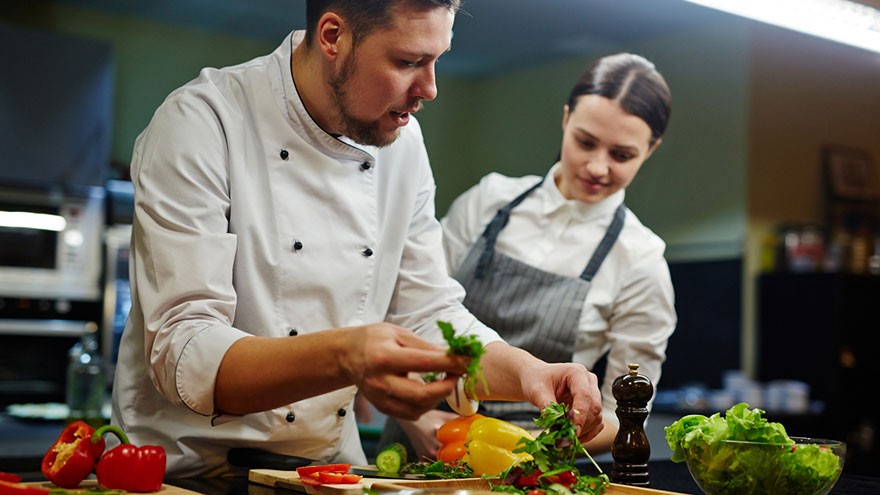
1. The Fresher the Ingredients, the Less Bland the Meals Will Taste
Buy produce that’s in season, ideally at a local farmer’s market. Try vegetables and fruits you’ve never used before. Fruits are great for cooking with, as well as eating plain. Try foods you once disliked, too.
When you buy produce that’s in season, you may be surprised how flavorful and different it tastes than out-of-season produce or fruits or vegetables that are canned or frozen.
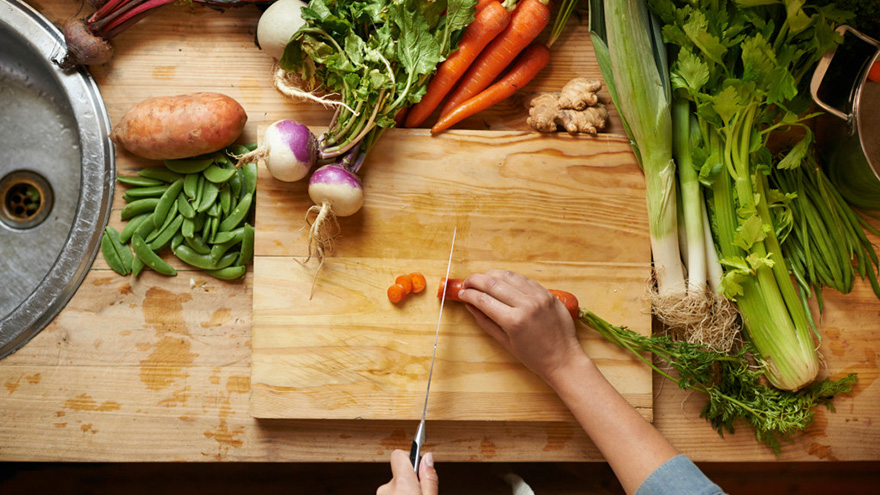
2. Even Though You’re not Including Meat, Still Prepare a Balanced Meal
Choose a nice balance of protein, complex carbohydrates and fat. Good examples of protein in the vegetarian diet include eggs, soybeans, tofu, beans, nuts, and seeds. Carbohydrates should be high in fiber, as is found in wheat bread and beans.
Fats are vital to a good diet, but according to The American Heart Association, you should get less than 30% of your total calories from fat. Look for foods with polyunsaturated and monounsaturated fats, like avocados, nuts, olive oil, and flax.
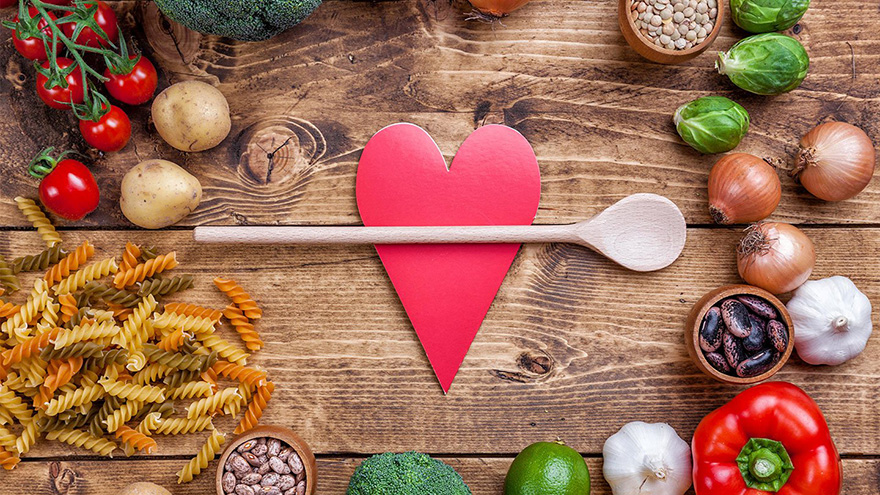
3. Choose a Great Recipe
There are many on- and offline sources for vegetarian recipes, but one of my favorites is OurDeer.com, where you’ll find vegetarian recipes.
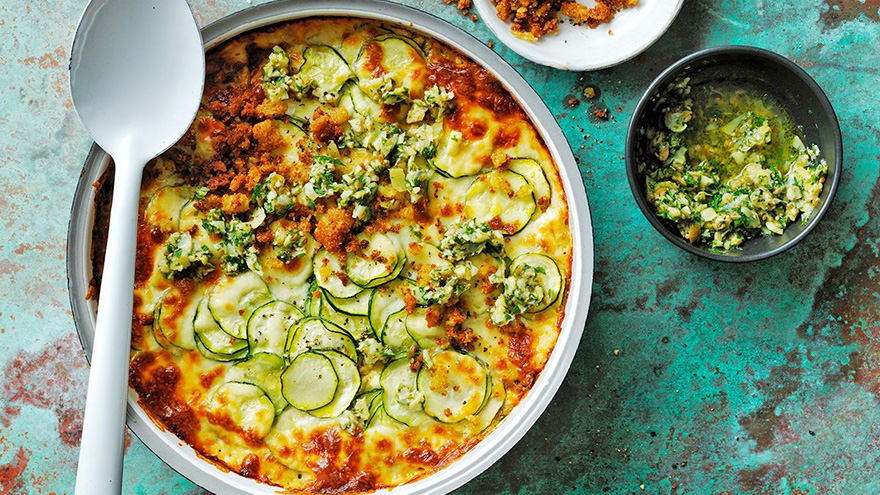
4. Use Healthy Oils for Sautéing
Although many vegetarian sources suggest using vegetable oil, there are healthier choices, including flax seed oil, peanut oil and olive oil.

5. Use Wine or Vegetable Broth in Place of Chicken or Beef Broth or Bullion
If vegetable broth seems to bland, chop up or mice some fresh garlic and add it to the broth.
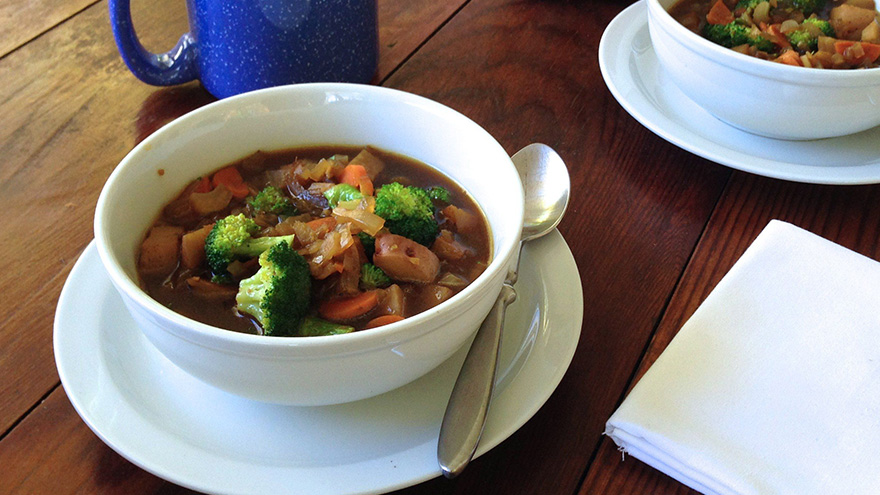
6. Steam or Blanche Your Vegetables for Excellent Flavor
To blanche, drop vegetables into a pot of boiling water. Seven to 8 quarts of water should be used for every 2 to 3 pounds of vegetables. Use too little water, and it will take the liquid too long to return to a boil after you place the vegetables in the pot, resulting in poorly cooked food.
The faster the water re-boils, the fresher and tastier the vegetables are going to be. When done, the vegetables should be tender but still crisp.
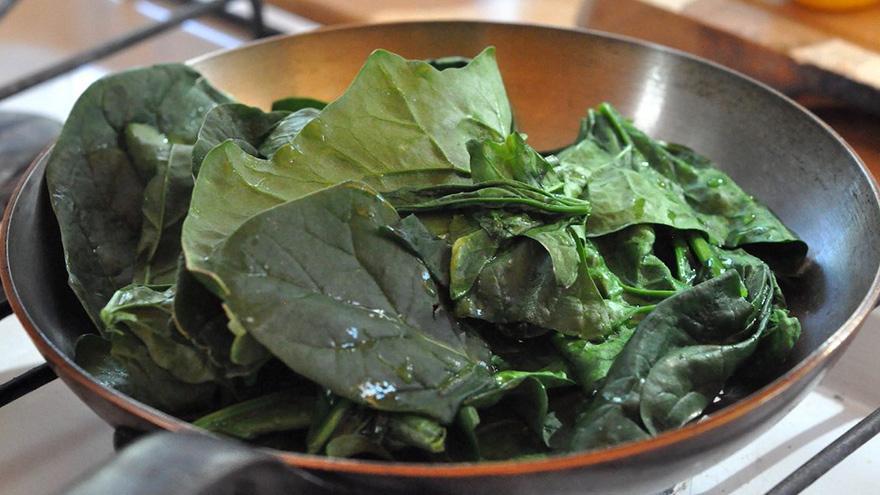
7. If you have a Favorite Casserole Recipe Containing Meat or Poultry, Use Beans Instead
This trick also works well in stews and soups.
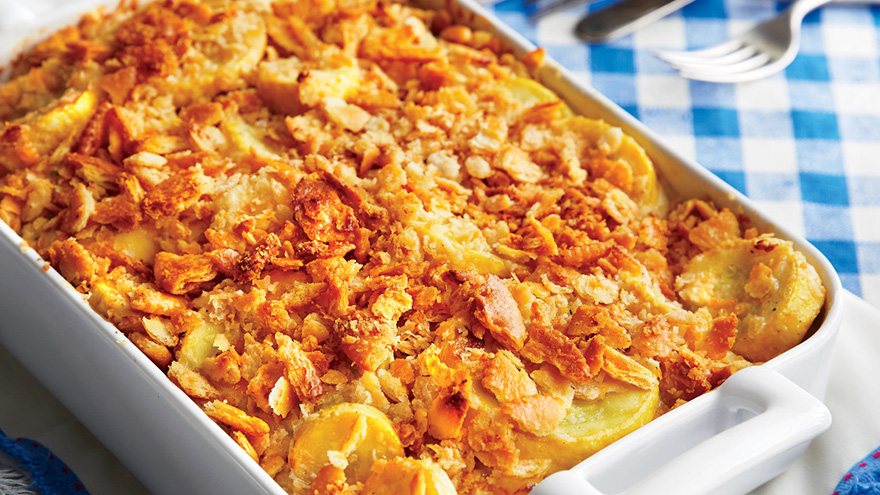
8. To Make Vegetable Soups More Hearty, Add Dumplings
For simple dumplings, combine two cups of flour, two teaspoons of baking powder, and one teaspoon of salt in a bowl. Cut in four tablespoons of softened butter. Stir in about one cup of milk. The mixture should be thoroughly moist; if it’s not, add a little more milk.
Drop teaspoonfuls of the mixture into simmering liquid (such as a soup or stew). Cover the pot. After ten minutes, check the dumplings, cutting one in half.
When the dumplings are thoroughly cooked, they’ll no longer be gooey inside.
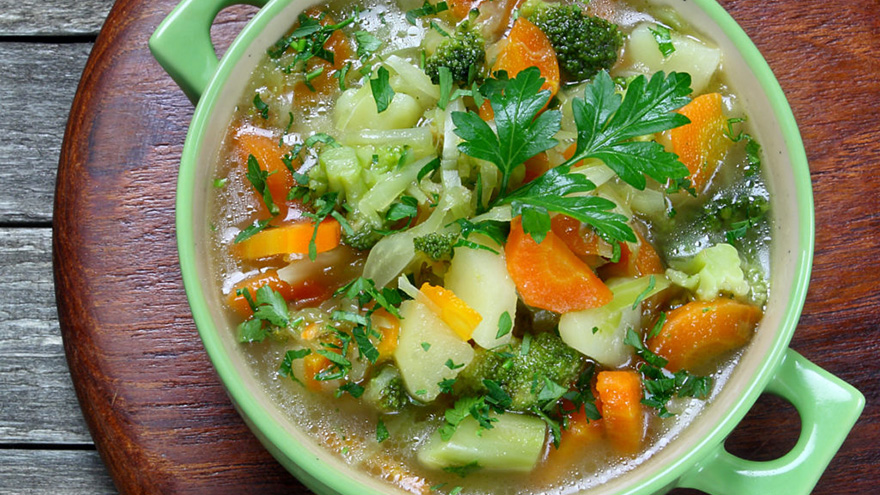
9. Seasonings are your Friends
Get comfortable using fresh herbs and quality seasonings; they can add flavor to otherwise bland dishes like rice. Natural soy sauce, Indian curry paste, hot sauces salsas, mustard and herbs like cilantro, basil, thyme and more should be staples in your kitchen.
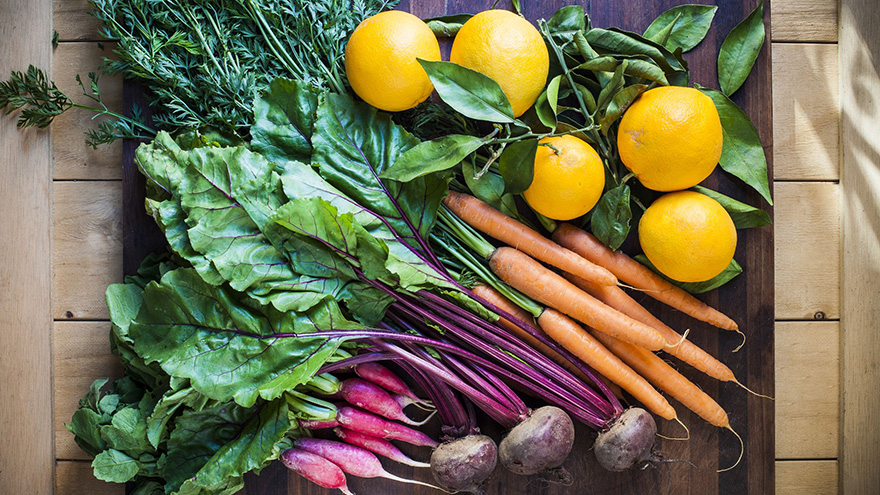
10. Rice is a Vegetarian Staple
It can take forever to cook. Instant rices aren’t a good substitute because they have poor nutritional value.
Therefore, if you’re going vegetarian, it makes sense to buy a rice cooker. Rice cookers don’t usually cook rice any faster than stove top methods, but you don’t have to stand around and watch them, which frees up your time.

Check out the video version of this article on YouTube : Tips for Successful Vegetarian Cooking

